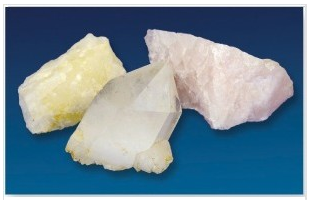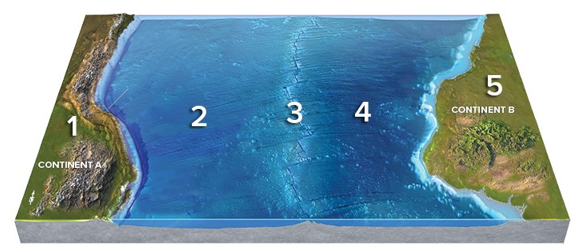During the earliest colonial era, what portions of the world were colonized by Europeans?
A) Africa and Asia
B) Africa and the New World
C) Asia and the Pacific Islands
D) Australia and the Pacific Islands
E) none of the above
B
You might also like to view...
The very common mineral shown in this photograph is light colored, transparent, and fractures rather than cleaves. What mineral is it?

A) Garnet
B) Quartz
C) Biotite
D) Muscovite
E) Feldspar
Which location on this figure from the Investigation is located on a divergent plate boundary?

A) 1
B) 2
C) 3
D) 4
E) 5
Globally, the world's ratio of reserves to annual production for oil, gas, and coal are currently:
A) 51, 57, and 125 years respectively B) 11, 17, and 75 years respectively C) 125, 154, and 51 years respectively D) 51, 125, and 57 years respectively E) 125, 51, and 57 years respectively
Why do mantle plumes tend to concentrate beneath supercontinents such as Pangaea?
A) Concentrations of radioactive materials build up as continents assemble. B) Partial melting from subduction concentrates large volumes of magma. C) A large landmass acts as an insulating blanket to trap heat in the mantle. D) Friction from converging landmasses heats up the mantle.